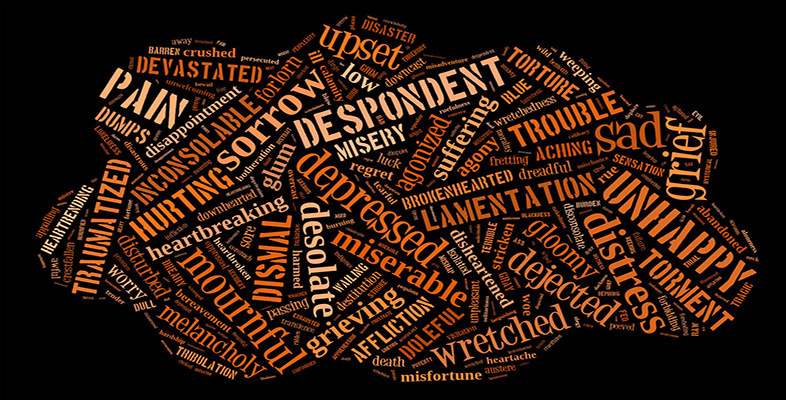3.2 Understanding James's account
James's thesis is striking, but there are some issues that need to be clarified. Before going on to assess James's argument for his thesis, I will explore his position by raising three questions about his account.
First, what kinds of bodily changes are required for an emotion to take place? James mentions three kinds of change:
(a) internal changes (increase in heart rate)
(b) involuntary expressive behaviour (weeping)
(c) voluntary actions (striking).
Some of these events seem more closely connected to the emotion than others. It is one thing to claim that I could not feel my racing heart, tensed muscles and flushed face without being angry; it is less plausible to claim that I could not feel myself striking someone without being angry. After all, it is quite possible to strike someone in cold blood.
Secondly, what is the relation between the emotion and the subject's perception of the eliciting event? In the Reading, James seems to suggest that the emotion and the perception of the eliciting event are quite separate. On this view, it would be possible to experience an emotion without having perceived any eliciting event. This interpretation is confirmed by a later passage in which James discusses ‘objectless’ emotions. James describes the case of a friend who suffered from attacks of anxiety that appeared to have no external cause. James concludes that ‘the emotion here is nothing but the feeling of a bodily state, and it has a purely bodily cause’ (ibid., p. 459).This suggests that James would deny that an emotion is necessarily caused by the perception of some eliciting event: emotions are normally, but not necessarily, caused in this way.
Finally, we might ask whether James is committed to the view that all types of bodily feelings are emotions. Do hunger, nausea, giddiness and pain count as emotions for James? If not, we will need an explanation of why these feelings are not emotions. But it is not immediately obvious what this explanation could be: in all these states, the subject is feeling internal bodily changes; in the case of pain and nausea, at least, they are also likely to be aware of involuntary expressive behaviour and voluntary actions. It is far from clear how these feelings differ from anger or fear, on James's account.
